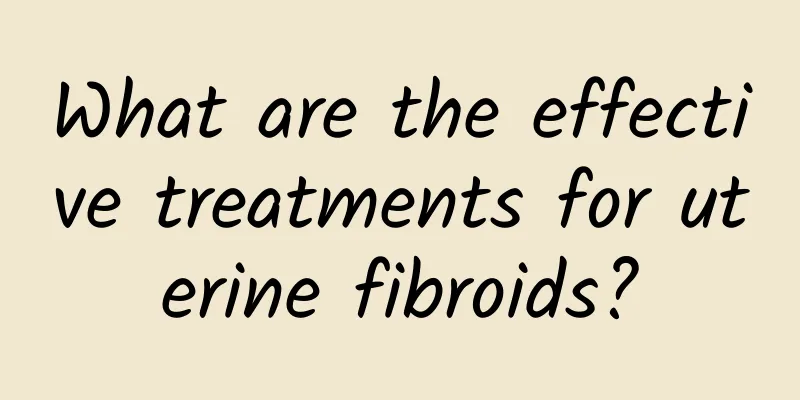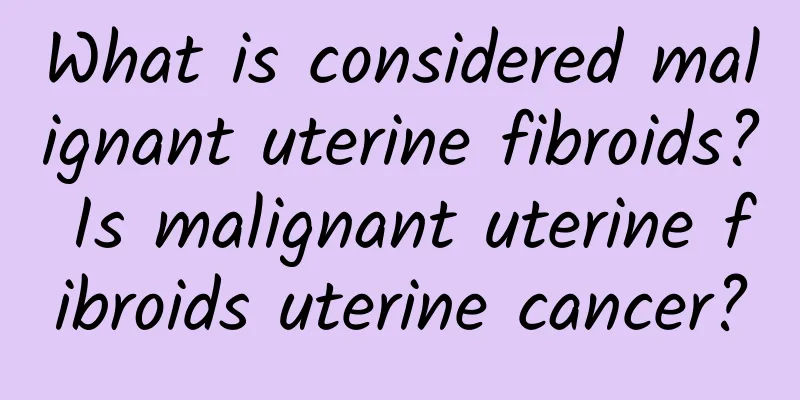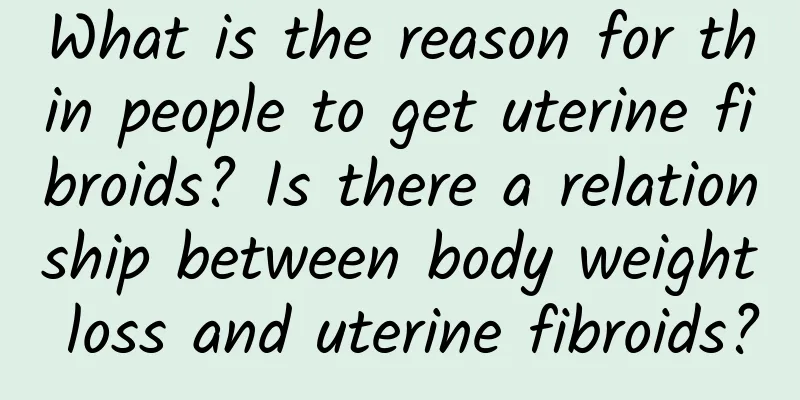What are the effective treatments for uterine fibroids?

|
Treatments for uterine fibroids include medication, surgery, and lifestyle adjustments. The specific choice depends on the condition and patient needs. Common medications include gonadotropin-releasing hormone agonists, mifepristone, and oral contraceptives. Surgical treatments include myomectomy, uterine artery embolization, and hysterectomy. Lifestyle adjustments include increasing dietary fiber intake, reducing red meat intake, and maintaining moderate exercise. 1. Drug treatment is a common choice for uterine fibroids and is suitable for patients with mild symptoms or who wish to retain their fertility. Gonadotropin-releasing hormone agonists can reduce the size of fibroids by inhibiting ovarian function and reducing estrogen secretion, but long-term use may lead to osteoporosis. Mifepristone is an anti-progestin drug that can inhibit the growth of fibroids and relieve symptoms, but it must be used under the guidance of a doctor. Oral contraceptives can reduce menstrual volume and relieve dysmenorrhea by regulating hormone levels, but they have limited effect on reducing the size of fibroids. 2. Surgical treatment is suitable for patients with severe symptoms or ineffective drug treatment. Myomectomy is a surgical procedure to remove fibroids and preserve the uterus. It is suitable for patients who want to have children, but there is a risk of recurrence. Uterine artery embolization blocks the blood supply to fibroids, causing them to gradually shrink. It is less traumatic, but may affect ovarian function. Hysterectomy is suitable for patients who do not want to have children or have large fibroids. It completely solves the fibroid problem, but they cannot have children after surgery. 3. Lifestyle adjustment plays a certain role in the prevention and adjuvant treatment of uterine fibroids. Increasing dietary fiber intake helps regulate hormone levels and reduce the risk of fibroid growth. It is recommended to eat more whole grains, vegetables and fruits. Reducing red meat intake can reduce estrogen levels in the body. It is recommended to choose high-quality protein sources such as fish and beans. Maintaining moderate exercise helps control weight and reduce the secretion of estrogen by adipose tissue. It is recommended to do 150 minutes of moderate-intensity aerobic exercise per week. The treatment of uterine fibroids requires selecting the appropriate method based on the patient's specific situation. Drug treatment, surgical treatment and lifestyle adjustment each have their own advantages and disadvantages. It is recommended to carry out comprehensive treatment under the guidance of a doctor to achieve the best results. |
<<: Will it be the same if I get pregnant again after a missed abortion?
>>: How is ectopic pregnancy surgery performed?
Recommend
What to do if your vaginal discharge is abnormally yellow
Abnormal yellow vaginal discharge may be caused b...
What items should be checked for painless abortion
It's a lie to say that abortion surgery has n...
Love high-intensity exercise? Be careful or your heart will be broken!
There are four keys to protecting your heart: qui...
What to do with hyperprolactinemia in early pregnancy
Some women have high prolactin levels after pregn...
Can pelvic peritonitis be transmitted to family members?
How harmful is pelvic inflammatory disease? Pelvi...
Detailed understanding of the causes of vulvar leukoplakia
With the rapid development of science, everyone h...
How to prevent miscarriage in early pregnancy
How to prevent miscarriage in early pregnancy? Mi...
How to prevent dysmenorrhea when your period is coming?
How to prevent dysmenorrhea before menstruation? ...
Help a child who has just recovered from a serious illness fulfill his dream of running! Chen Peiqi made a heartwarming video to recommend the Credit Suisse charity run
Road running is a pleasure for healthy people, bu...
Infants and young children grow taller quickly by grasping the two golden periods! Nutritionist: Pay attention to the big difference between drinking milk and diet
A tall building starts from the ground. If you wa...
How long after laparoscopic surgery for ectopic pregnancy can I go back to work?
How long after laparoscopic surgery for ectopic p...
What are the causes and symptoms of ovarian cysts?
What are the causes of ovarian cysts and what are...
Experts suggest that the treatment of cervical erosion is very important
Many people want to know the treatment methods fo...
What are the causes of moderate cervical erosion?
Cervical erosion has brought certain impacts to w...
Sarcopenia may induce dementia and metabolic syndrome! Nutritionist Gao Minmin: 6 tips to prevent sarcopenia: "eat more + exercise more"
As we age, muscle mass and function gradually dec...









